Hypertension, commonly known as high blood pressure, used to be a “grown-up” problem. While many adults do struggle with this condition, a new study now shows that high blood pressure is also a growing problem for our children too. But it doesn’t have to be that way. Here are the facts, and what you can do to protect your kids from this dangerous condition.
What the Study Shows
In this study by Harvard researchers, data was collected on over 3,200 children aged 8 to 17 who took part in the National Health and Nutrition Examination Survey from 1988 to 1994. Then they compared the data to over 8,300 children in the same survey from 1999 to 2008.
What did they find? Over a little more than a decade, the risk for high blood pressure in American teens and children has increased by 27%!
Why High Blood Pressure is So Bad for Kids
When a person has high blood pressure, the heart and arteries are working harder than usual to move blood through the body. Over time, this increased strain is damaging to the organs doing the work, as well as organs like the kidneys and brain that depend on efficient blood flow.
“High blood pressure is the predominant risk factor for stroke, and stroke rates have been rising in children in the U.S. over recent years,” said Dr. David Katz, director of the Yale University Prevention Research Center and Editor-in-Chief of Childhood Obesity Journal.
Long-term elevated blood pressure also increases the risk of heart attack, kidney failure, vision loss and hardening of the arteries.
Another reason hypertension is so dangerous, is that it is often hidden with no discernible symptoms. The only way to know if your child has high blood pressure is to have it tested with a sphygmomanometer, or blood pressure cuff.
Factors Driving the Increase
So what is driving this dramatic increase in high blood pressure among children and teens? The same things that are causing hypertension in adults: Increasing waistlines, over-consumption of sodium, and lack of exercise.
- The study showed that children with the biggest waistlines were about twice as likely to have high blood pressure, compared to the children with the thinnest waistlines.
- Children who consumed the most salt were 36 percent more likely to have high blood pressure, compared to children who consumed the least.
What You Can Do
If you are a parent, you have the power to greatly influence the food choices your children are making. Even your tweens and teenagers. By eliminating most processed foods, packaged snack foods, deli lunch meats and sodium filled sports drinks, you can dramatically reduce their sodium intake. And by increasing fruits and vegetables, and cutting out added sugar, you can help your child lose weight.
You can also watch motivating movies such as Food Matters and Fat, Sick and Nearly Dead (sounds awful, but it’s actually a great movie!) with your teens to help them see the importance of what they eat and drink.
While food choices make the biggest impact on health, moderate aerobic exercise can help your child manage high blood pressure. Exercise like swimming, riding a bike, playing basketball and other sports strengthen the heart so it can pump more blood with less effort. The Mayo Clinic recommends 30 minutes of aerobic exercise a day to manage blood pressure. You can even break it up into three 10-minute sessions.
If you have a child or other family member with high blood pressure, or are struggling with it yourself, contact me for a free health consultation. We’ll discuss your unique situation, uncover hidden obstacles, and determine a path to better health.

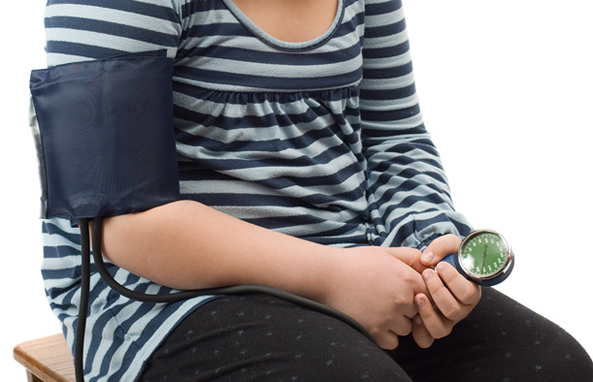
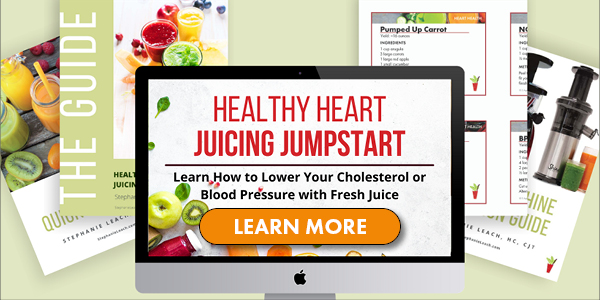

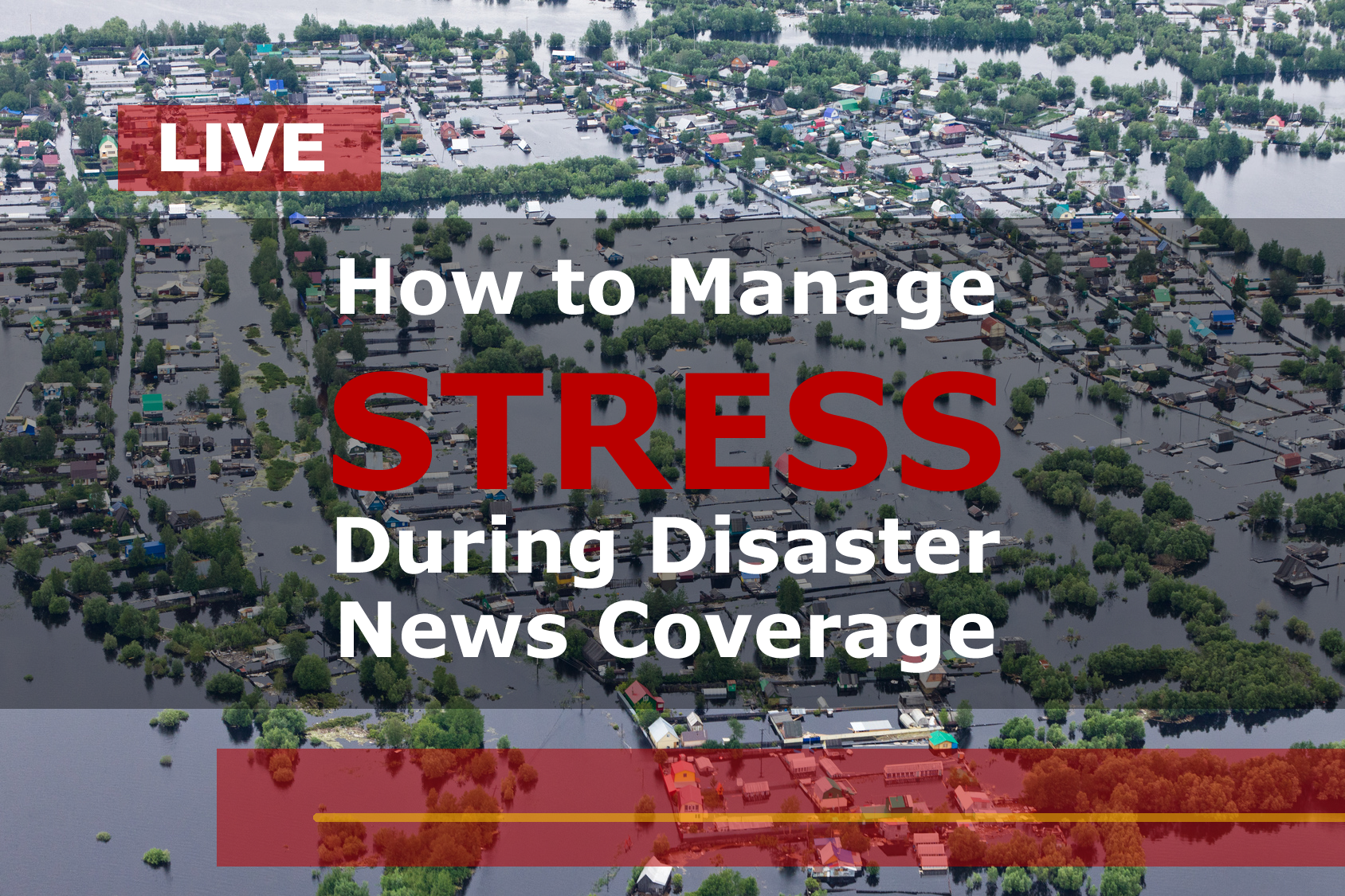
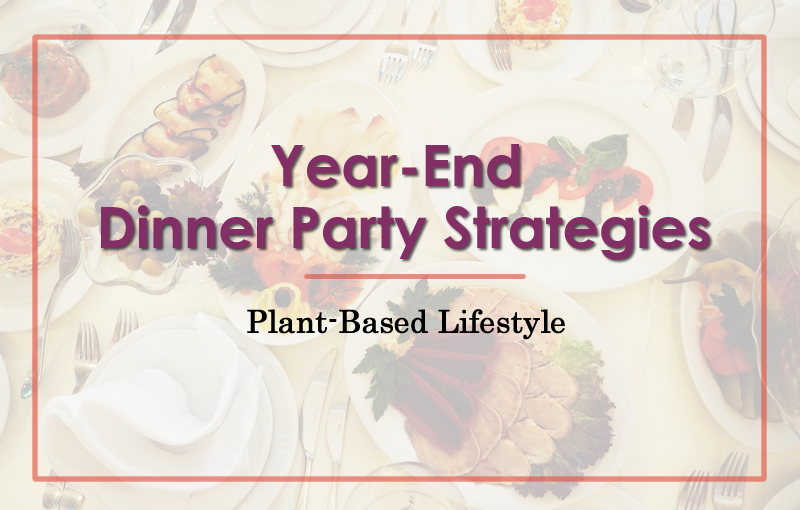
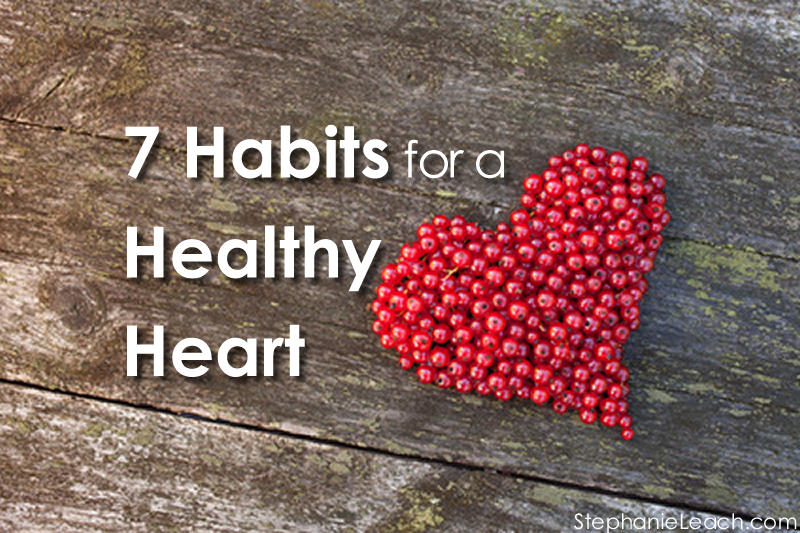
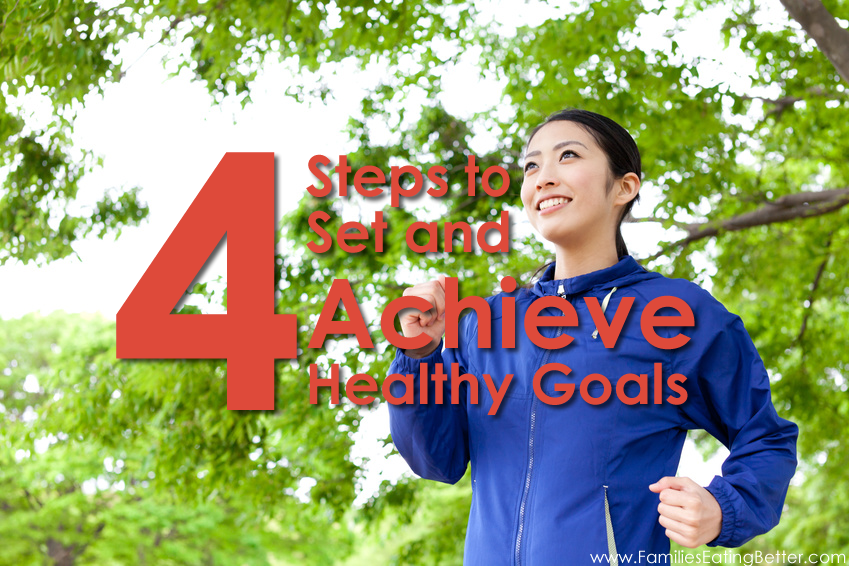

Leave A Comment